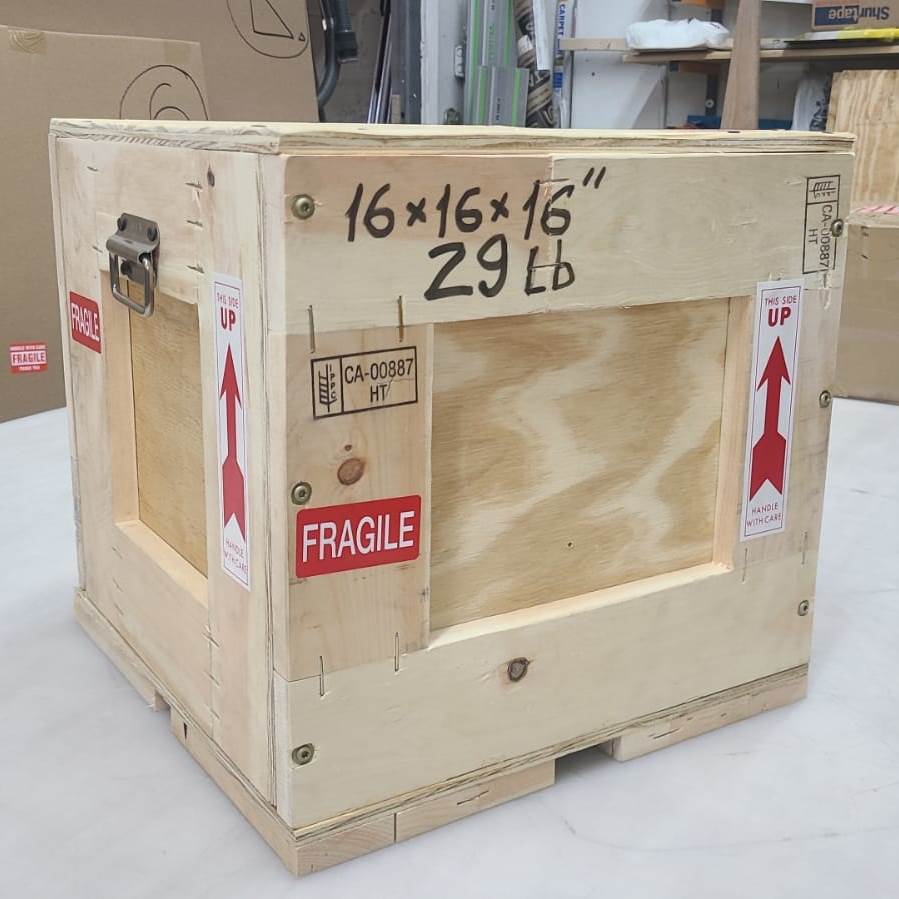Art crating is a vital part of secure art logistics, both domestic and overseas. Crates are needed to enforce the protection of extra-fragile, expensive, or originally shaped art objects in transit. This industry is old and well-established, but it also faces modern pressures in terms of innovation and sustainability. Here is a brief review of how art shippers embrace this change and what bottlenecks they have to overcome in the process.
Sustainability of Art Crating: A Challenging Area
The environmental footprint of traveling exhibitions is a matter of concern for all stakeholders. That’s why the discussions of sustainable crating are getting louder in the fine art shipping industry. Apart from adjusting crate size to art shuttles to optimize their load efficiency, shippers are considering making crates more environmentally responsible. Here are a few ideas on how to make it happen.
Recycling of Crates
Only crates made of hard composite materials can be effectively recycled at the end of their lives. Old wooden crates are hard to recycle, which increases their environmental footprint. Some museums and galleries have launched programs that allow the use of crates as art materials, thus giving them a second life. Yet, there is a need for a more effective and legally simple procedure of giving away the old crates to other institutions, as at present, the system is very complicated.
Reuse of Crates
Reusable crates represent the top sustainability standard because they allow multiple uses of a single crate, offering long-term financial benefits and a reduced environmental footprint. However, shippers targeting crate reuse should produce crates from top-grade materials. Only in this case will they be able to guarantee solid protection of the shipped objects without the loss of their physical rigidity characteristics.
A New Glimpse of Crate Materials and Fabrication
Crate manufacturing is a subject of unending debate. For instance, an innovative birch plywood design offered by one of the manufacturers was lightweight and durable. Yet, the crate design was dropped because of the use of adhered foam – a non-sustainable material – in its construction. Thus, sustainable materials are often prioritized over the potential carbon footprint reduction due to weight reduction.
Besides, a frequently overlooked dimension of innovation in crating is the insurance component. Insurers have a set of standard assessment criteria for crating materials and their fabrication methods. Plywood is, for example, one of the most trusted materials that insurers know well. Anything that goes beyond this set may be covered by a price premium that not every client is ready to pay.
As you can see, the transition to new, eco-friendly materials and more sustainable art crating practices is challenging in many aspects. Thus, a more concerted effort and strong will of the industry’s main participants is needed to change well-established practices for the better.
